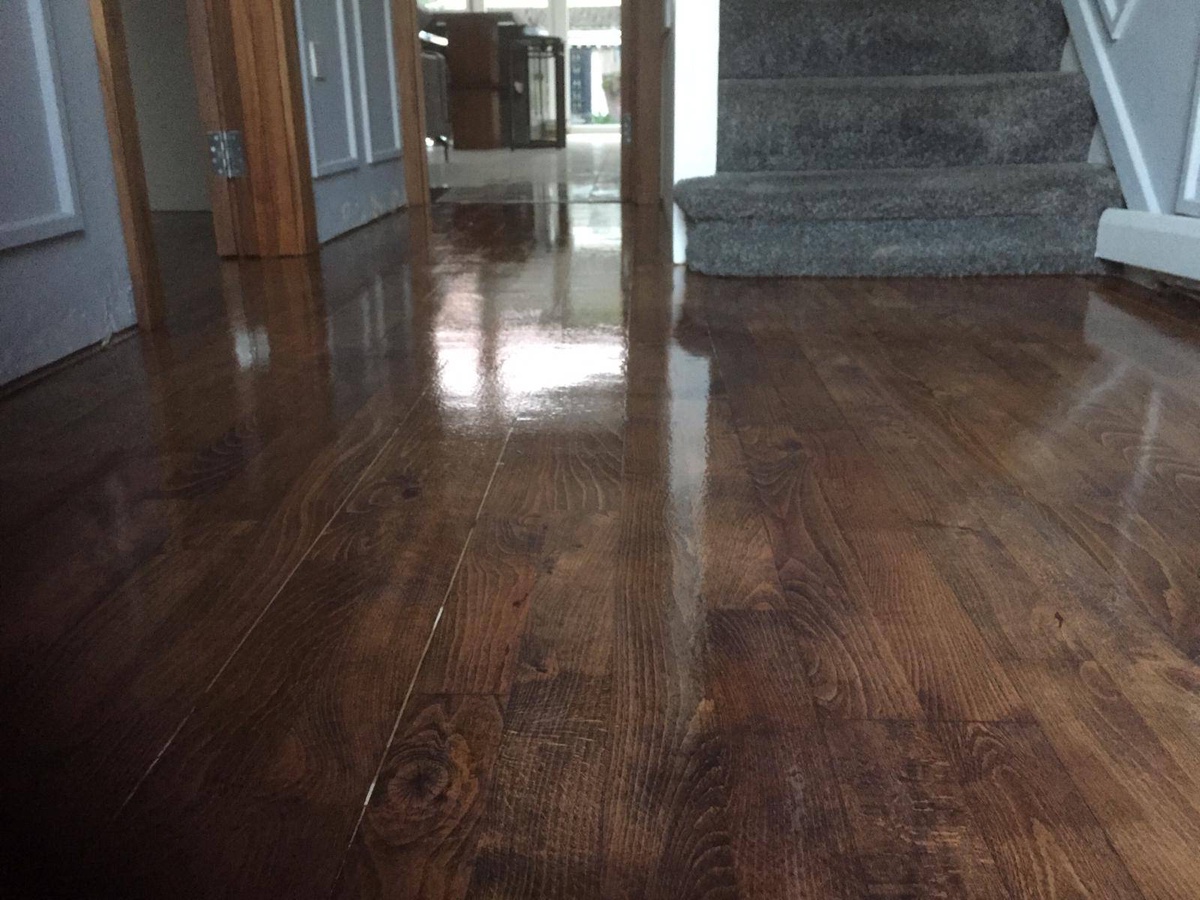Most floor refinishing services include a significant amount of floor sanding. However, if you've heard about the commotion, mess, and health risks associated with hardwood floors, Floor Sanding Dublin provides perfect support in the floor sanding process.
There are two things you should do before refinishing wood flooring. Dealing with the previous finish layer comes first. To guarantee strong adhesion, floors must then be prepped. Sanding the floor is the traditional method to complete both steps.
However, sanding floors is no longer necessary for homeowners to refinish them. Floors can now be refinished without sanding thanks to innovative techniques and unique processes. In doing so, you can refinish floors that cannot be sanded and prevent the creation of wood dust during the sanding process.
Sanding the Floor Before Refinishing
Sanding the floor has always been a crucial step in refinishing hardwood floors. For a very long time, it was the only method available for preparing floors for refinishing.
Sanding the floor is the first step in any refinishing project because it removes the old finish layer. The wood is sanded and smoothed after the previous finish layer is removed. After that, fresh finish coats can be applied, and the floor can be stained or sealed with a natural finish.
The Benefits of Sanding Floors
Hardwood refinishers continue to favor floor sanding for a reason. Sanding is one of the most efficient ways to remove worn-down finishes and prepare hardwood floors for refinishing.
Additionally, sanding is frequently the best method for restoring floors with significant physical damage, such as water damage or deep scratches. Sanding is usually effective in removing colour fading from floors that results from UV exposure (sunlight) and stains.
In these situations, sanding reveals the healthy wood underneath the damaged layer of hardwood. Following sanding and refinishing, floors will have a nearly flawless appearance. Refinishing floors without first sanding can be challenging to restore areas where damage has penetrated the wood and the finish layer.
Additionally, sanding is typically required if you wish to alter the wood floor's color. The wood can be stained differently after sanding and before applying the protective finish.
Reasons a Floor Sander Is Necessary
Sanding a home or office floor by hand would be incredibly difficult. Because of all that bending and repetitive movement, you may tire quickly and end up with joint damage. This occasionally laborious task is made more accessible with the help of an electric sander.
Soft and porous, wood is a natural material. It is easily dented and stained. Sanding a floor can help level out uneven flooring, eliminate dings and scratches, and remove stains. Decorating is necessary before applying any wood finish to the floor.
Which Kind of Wood Flooring Is Sandable?
Floor Sanding Dublin uses technology that is limited to wood floors made from "real wood." While natural wood floors can be restored, some that have already undergone several restorations may need more wood remaining for subsequent sanding. Particularly fragile, semi-solid wood floors can only be sanded once or twice. It is impossible to file laminate floors, restore wood-like floors, and generally sand any "wood-like" floor not made of natural wood.
Only so many landings are possible on thick hardwood floors before the floor becomes too thin to support daily traffic or the weight of the furniture. Sealing the wood with the most robust finishes is imperative to shorten the time between floor refinishing jobs.
Dustless Floor Sanding: What Is It?
When sanding a wooden surface, fine wood dust will be produced. When filing a wooden floor with a powerful, heavy-duty belt sander, more dust will be made. If the wood dust is not gathered, it will spread to all surfaces, including appliances, outlets, and walls. Professional floor sanding equipment manufacturers have developed innovative techniques to remove fine dust from the growing industry effectively.
Most heavy-duty floor sanders were equipped with dust bags a few years ago, which could collect 70–80% of the dust produced. These days, most skilled floor sanding contractors use specialized vacuum systems fastened to the belt sander. More than 98% of the dust is being collected in this way. Therefore, it is highly recommended that you confirm that your floor sanding contractor utilizes dustless floor sanding technology.
The cost of floor sanding depends on the size of the room, the required preparatory work, and the condition of the floor. Larger rooms require more materials and time, while smaller rooms may require less work. The condition of the floor, such as scratches, discoloration, or unevenness, can also affect the overall cost.
Conclusion
One safety concern when installing Floor Sanding Dublin on your own or finishing floors for a client is dust. Wearing complete body protection, such as work boots, goggles, and gloves, is another safety tip. Before using the floor sander, make sure there are no hazards on the floor, such as electrical cables or tools.


No comments yet